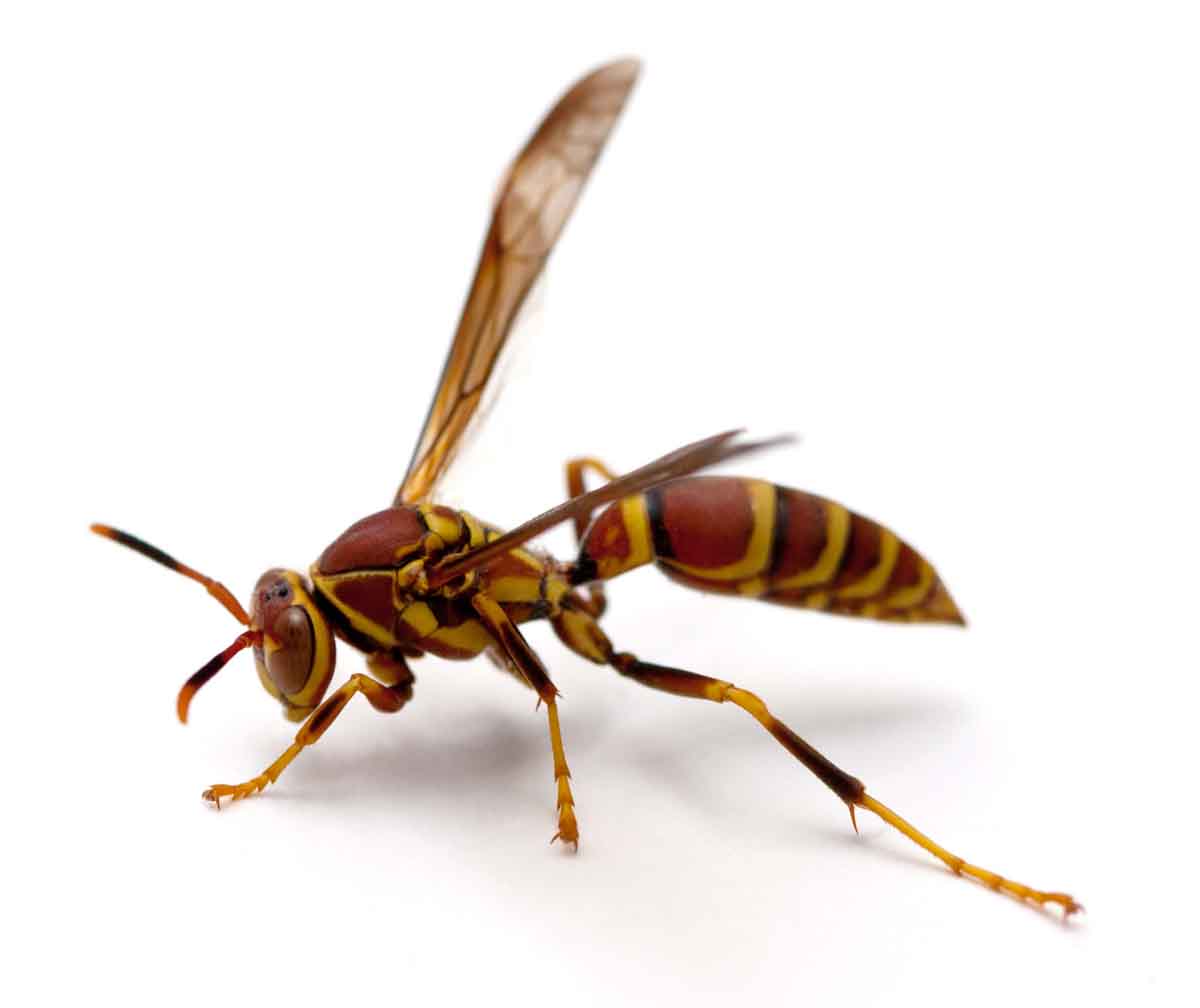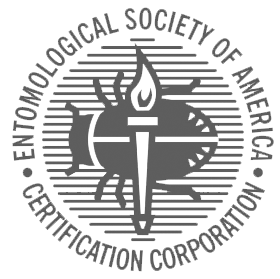Paper Wasp Identification and Control in Utah
Correct identification is an important first step in pest control.

Paper wasps are 5/8 to 3/4 of an inch long. They are black with yellowish to white in the face and have no hairs. They have long legs that hang in flight and an abdomen that gradually slopes at the anterior end.
They appear longer and more slender than yellow jackets.
Paper wasps are social insects who’s colony dies off every fall, but fertilized queens will overwinter. Queens start new colonies every spring that will grow throughout the summer months.
Their nests can be found on building eaves, play equipment, benches, any hollow pipe, etc. or in plants and trees. Their nest is open, umbrella shaped with all wasps exposed.
Need help controlling wasps?
 Identify the pest with our Paper Wasp gallery
Identify the pest with our Paper Wasp gallery





Why are they significant
Paper wasp nests pose a serious health risk to humans, but they are not as aggressive as yellow jackets or hornets.
Learn more by reading our blog post: Stinging Insect Guide: Bees, Hornets, & Wasps in Utah.
Name:
Polistes spp.
Diet:
Insects, nectar
Impact:
Health risk
 Tips for keeping wasps away
Tips for keeping wasps away
What To Do About Wasps

Monitor for wasp nests from early summer through fall.
Purchase and use a bee veil, suit and gloves.
Minimize nesting habitat around property.
Install tight-fitting screens in windows.
How To Remove Nest

Wear protective bee veil, suit and gloves.
Early in the morning, crush the nest and remove it.
Clean nest area with soap and water to remove pheromones or else wasps will build another nest in the same place.
Don’t let wasps take over.
Thorn can help.
Fill out the form below to contact us so we can help.
Pest Science,
meet Know-How.

How thorn can help
Pests can be difficult to control, but that’s what we are here for. We create a strategic plan to gain control of your problem and make sure we get results.
Thorn's Approach
We take a scientific approach to pest control. We start with an inspection and assessment to help us identify the pest, locate where they are, and create a specific plan for your property. Every home and business is different and requires a unique strategy.


Driven by science.
Led by service.
Proper pest management starts with a detailed inspection and assessment from an expert pest professional before treatment. Thorn Pest Solutions uses a three-step process rooted in science to eliminate pests with long-term results.
Assess Situation
First, we identify the root problem(s) with a site assessment. Pests are almost always an indicator of an environmental condition. This will determine the best actions to provide short and your long-term results against pests.
Execute Action Plan
Next, we develop a plan to fix the problems we discovered. This includes solving current pest issues, eliminating conducive conditions, and monitoring for future pest activity. Good pest management starts with a good plan.
Track Success
Lastly, we implement the solutions we developed including inspection, monitoring, and preventing future pest infestations. Good pest control requires a good offense and not just defense. Prevention is key.
Let's get rid of those pests.
Call today:
 Other common Utah pests
Other common Utah pests
 Hear From Our Customers
Hear From Our Customers













